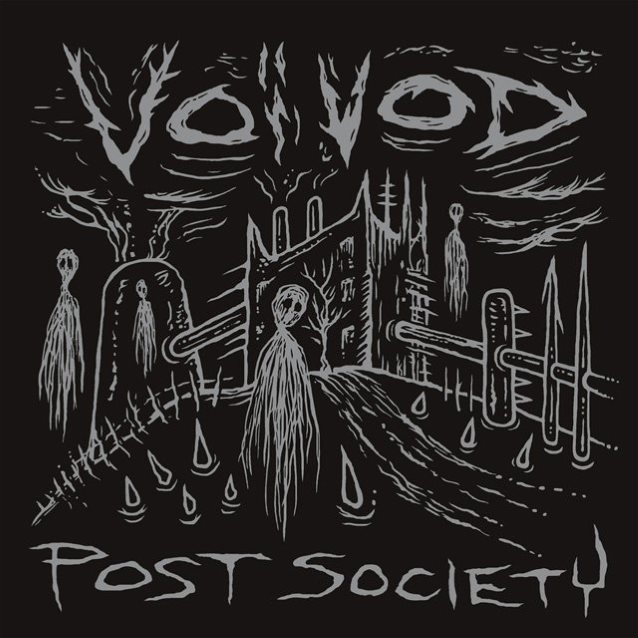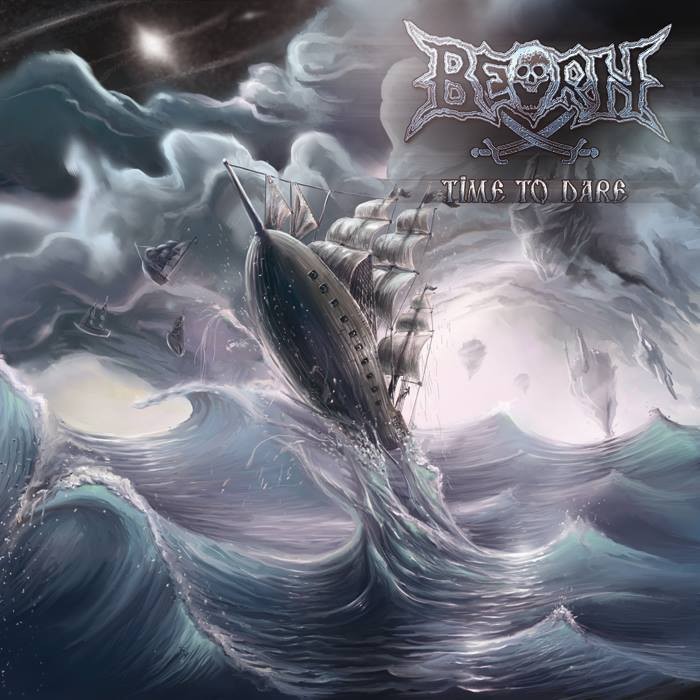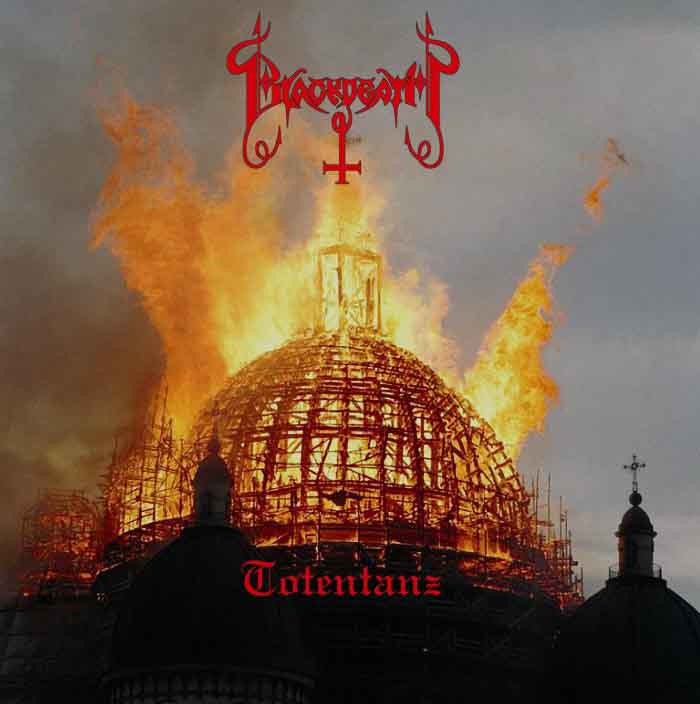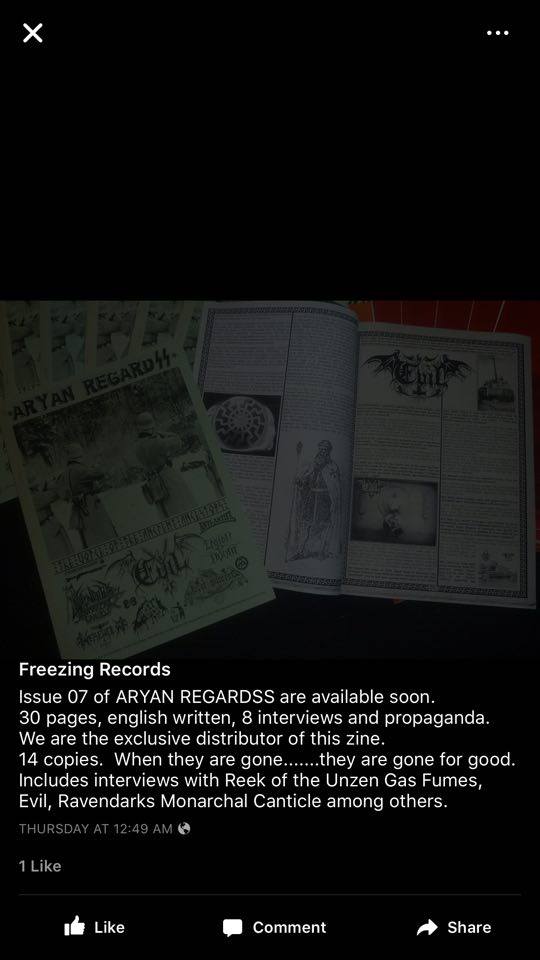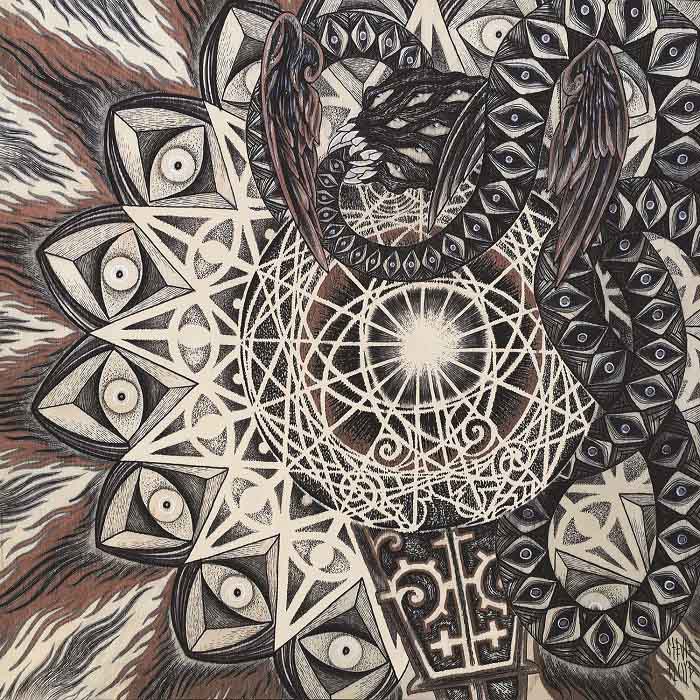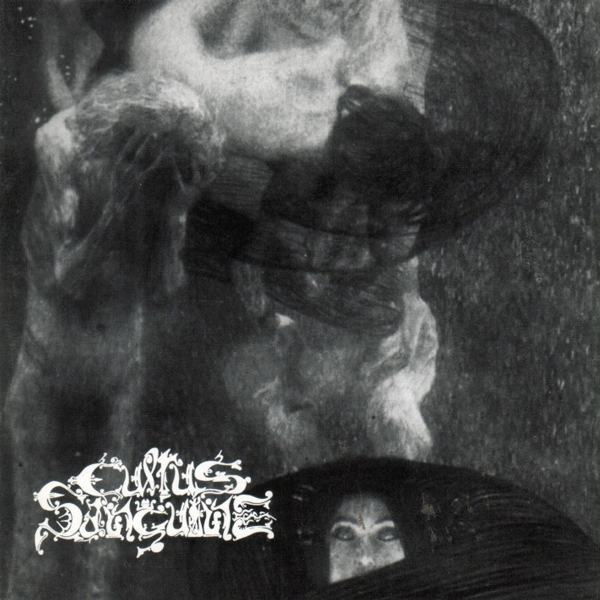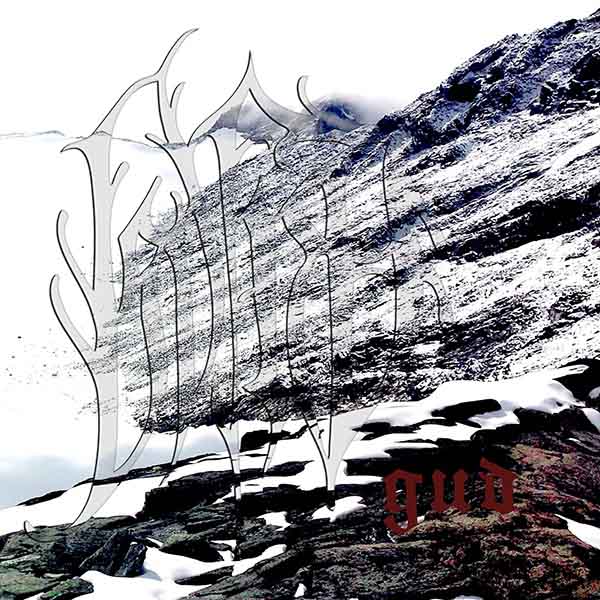It took some time, but despite the deluge of content constantly bombarding us and aspiring metal fans worldwide, we’ve been able to reach some level of consensus on 2015’s worthwhile metal music. Not to say that we’re in perfect harmony (If you’ve been paying attention, you’ll note that there’s some room for dissonance in our musical language), but the hope is, like what our recent reinspection of 2013 revealed, that some of this material remains interesting for more than the year it was released.
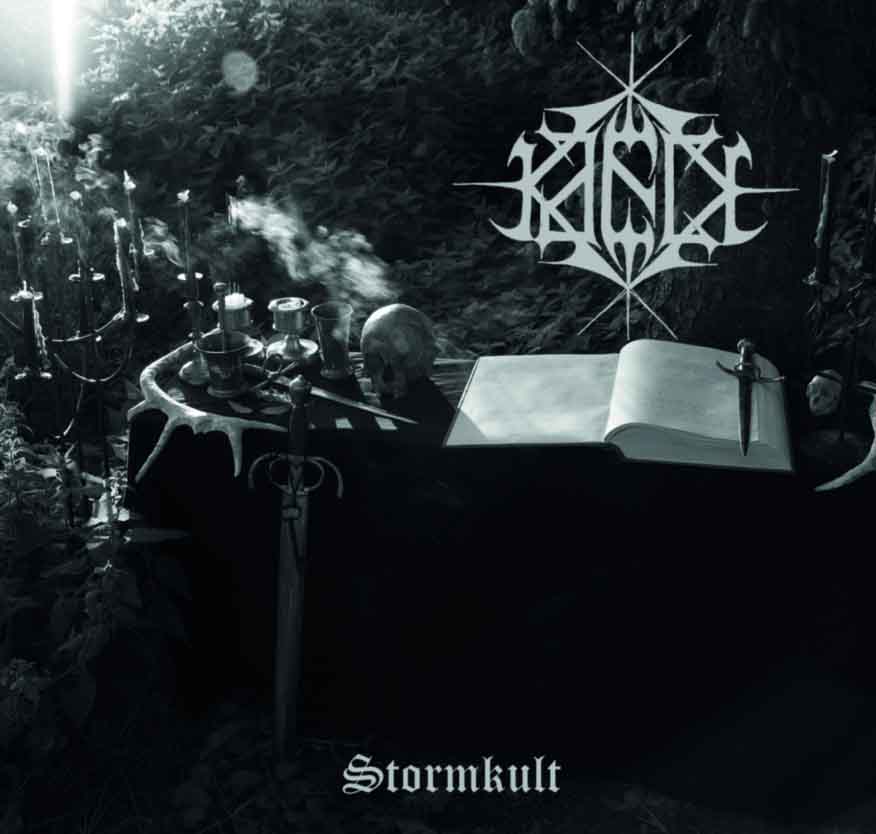
A wrathful reminder of what war metal should have been: a melodically-structured, chromatic holocaust to the god of this world. Jan Kruitwagen’s leads awe listeners and are optimally placed to hold attention just as each rhythm riff runs its course. An impenetrable mix rewards repeated listening to an album that may surpass Kruitwagen’s work on Sammath’s Godless Arrogance. March to Kaeck’s martial heartbeat or revel in shit.
Reviews:
- Kaeck – Stormkult (2015) – Another Perspective, by Gabe Kagan (August 28, 2015)
- An Impression on Stormkult, by Tom Devereux (August 19, 2015)
- More on Stormkult, by David Rosales (July 4, 2015)
- Kaeck – Stormkult (2015), by Brett Stevens (July 2, 2015)
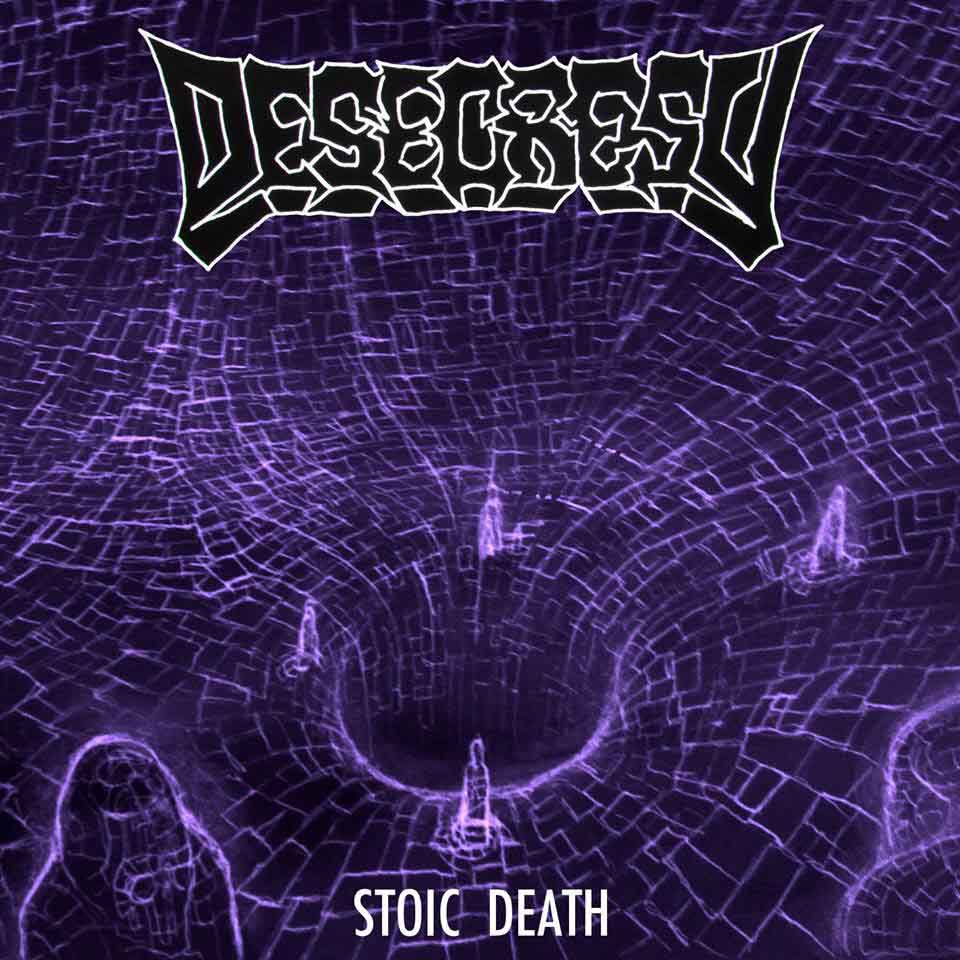
Bolt Thrower meets ritualistic black metal. Rather than cathartic bending into climactic oriental leads, Desecresy diffuse tension by methodically varying into bizarre melodies with carefully placed, otherworldly leads to a steady metronome.
Mid-paced riffing in the style of Bolt Thrower builds tension with melody and drifts off into space with variations and well placed leads. Where Bolt Thrower themselves shoot a rifle at the ballon using rhythmic change to introduce another riff or dramatically bending the riff into a climactic, oriental short solo, Desecresy insert ritualistic blackened leads for dramatic contrast with the rhythmic, power chord riffing.
Review and Interview:
- Desecresy – Stoic Death (2015), by Brett Stevens (December 1, 2015)
- Interview: Desecresy (2015), by Brett Stevens (August 1, 2015)

Rob Miller returns from blacksmithing to his previous metallic occupation with an album of catchy post-punk in Motorhead and Metallica song formats. Thankfully free of the Godsmack and other MTV influences present on Amebix’s swansong.
Review:
- Tau Cross – Tau Cross (2015), by Brett Stevens (July 1st, 2015)

An effective album of mid-paced death and heavy metal riffing. There is no psychedelic rock pretending to be Black Sabbath “doom” here. Highly structured; the opposite of the random tossed riff salads of most modern metal. This band takes an approach more like that of classical guitarists toward melding death metal with progressive rock, blues, folk and other influences: it mixes them in serially and adopts them within the style, rather than hybridizing the two styles.
In other words, most bands that try to sound like progressive death metal try to act like a progressive rock band playing death metal, or a death metal band playing progressive rock. Cóndor takes an approach more like that of musicians in the past, which is to adopt other voices within its style, so that it creates essentially the same material but works in passages that show the influence of other thought.
Reviews and Interview:
- Cóndor – Duin, by David Rosenberg (sometime in January, 2015)
- Profile: Cóndor, by Brett Stevens (December 8, 2013)
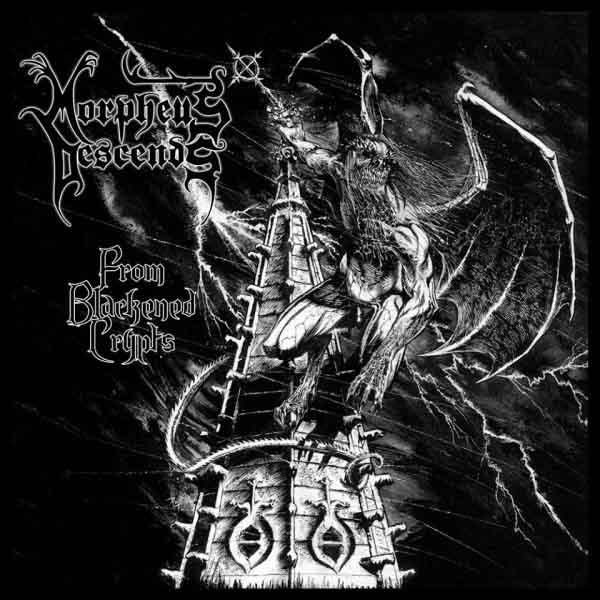
This vinyl 7” single features two new, well constructed death metal songs from one of from one of the few truly underrated bands in the genre. Those foresighted enough to purchase the identically-titled CD boxed set version received the band’s entire catalog in one of the rare remasters that sounds better than the original releases.
Interviews:
- Interview: Morpheus Descends (Rob Yench), by Brett Stevens (June 12, 2013)
- Interview: Brad Moore, who designed legendary Morpheus Descends cover, by Brett Stevens (October 9, 2013)
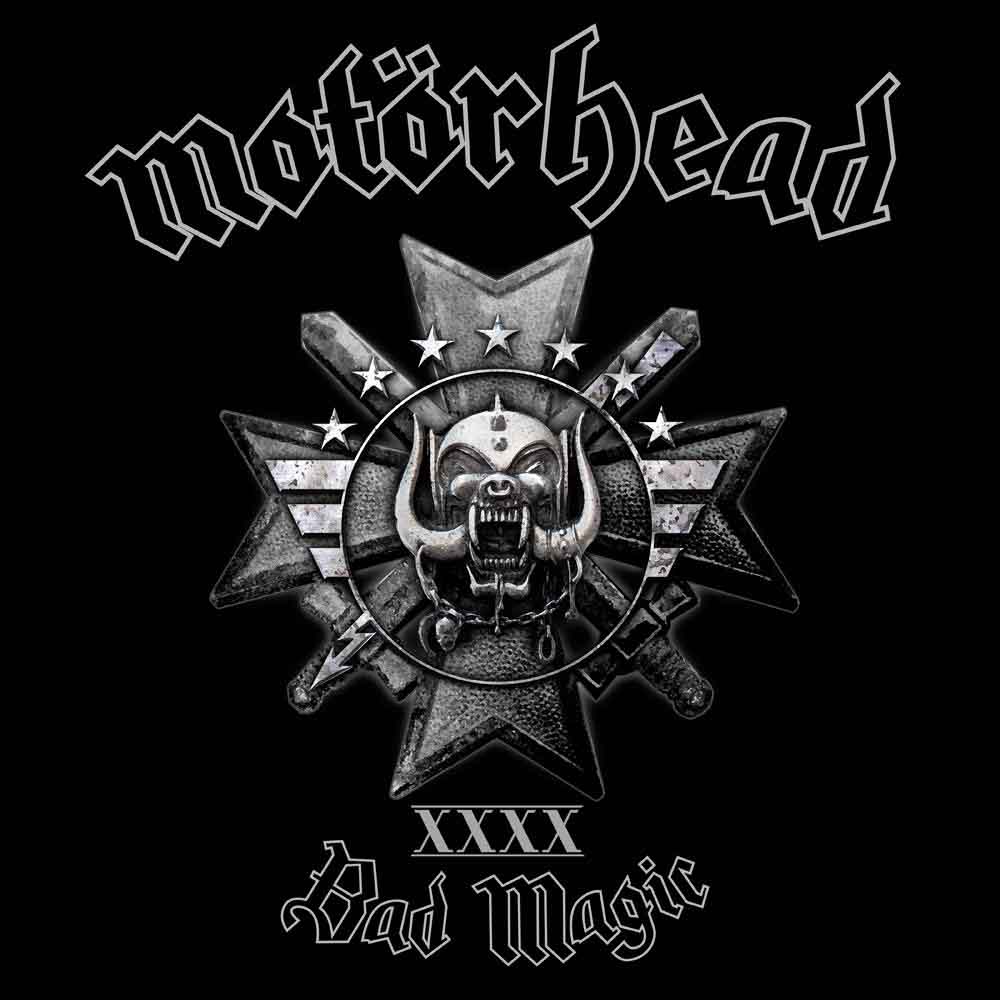
One last Motorhead album of mostly Motorhead songs. Nothing “new” is introduced for those in the non-metal audience who disdain metal and wish to feel intellectually superior to the common headbanger. The final work from a relentless machine of a band.
Review:
- Motörhead – Bad Magic (2015), by Gabe Kagan (August 31st, 2015)
- Slaughter of the Soul‘s 20th Anniversary of Awfulness, by Daniel Maarat (November 14, 2015)
- Listenable Records reissues Immolation – Dawn of Possession, by Daniel Maarat (November 19th, 2015)
- Order from Chaos – Frozen in Steel (2014), by Daniel Maarat (August 29, 2015)
- Carbonized – For the Security re-issue, by Brett Stevens (February 9th, 2015)
- Sammath’s debut now on Bandcamp, by Gabe Kagan (September 10, 2015)
- Arghoslent’s Arsenal of Glory and Galloping Through the Battle Ruins reissued, by Daniel Maarat (January 3rd, 2016)
- What thrived and what died from the 1990s (Part I), by Brett Stevens (September 3, 2015)
- Blasphemy – Fallen Angel of Doom (1990, 2015), by David Rosales (June 11, 2015)
- Obscura and Osho, by David Rosales (May 3, 2015)
Crusty death metal of the better than braindead Benediction but worse than Cancer category.
I’ve possibly heard too much but Hanger 18. I know too much. Although not as degradingly vulgar as Surgical Steel, Atom by Atom results in a pretty tacky affair. Vocals are as emotional as in the first album, except that in here they seem even more disconnected from the music as the music veers into some sort of progressive speed metal akin to Helstar’s. (Editor’s note: I liked it, but David Rosales was critical)
The band shows promise with their Unique Leader-style rhythmic riffing and soaring heavy metal leads. While being above par for technical deaf metal, aping a different one of your heroes every few verses doesn’t make for particularly enjoyable repeated listening.
Fredrik Nordstrom’s Arghoslent.
Technical power metal carnival music.
Nobody is allowed to edit themselves or turn on their bullshit filters in Steve Harris’s band anymore (Read a full review here).
Kvist meets the randomness of metalcore. Indistinct riffing and songwriting mix with pointless shoutout verses to past greats that makes listeners wonder why they aren’t just playing Sodom and Mayhem in the first place.
Where are the riffs?
Every Teutonic speed metal band gone Voltron.
The band has no need to repeat half the song just so the guitarist can get over his refractory period and play another solo. This is also an extremely distracted riff salad in which the individual riffs can be brought in from sources as different as galloping power metal to thrashy death metal to alternative nu and groove “metal”. This is headbang-core for beer metallers and other social metalheads. This recording received two reviews in 2015.
A collection of interesting renaissance faire riffs written into songs that quickly wear out their welcome as metal, becoming RPG background music.
A few strong songs on a demo do not warrant a two CD set of Swedish death with limpid keyboards anticipating the steps black metal took towards mainstream goth rock in the late nineties.
This is the type of black metal as repetitive rock music that ignorant hipsters will praise as “ritualistic”. The album’s title sums the quality of its musical content: futile. (Editor’s note: I wanted to give this album a chance. It didn’t age well.)
Gothenburg cheese and Meshuggah licks are less appetizing than a lead-laced Mexican lollipop.
Grave Miasma returns. This time with 1993’s atmosphere.
Candlemass meets Soundgarden.
Every Teutonic speed metal band gone Voltron.
Solid underground metal in the spirit of Sarcofago that is perfectly well-written but does not amount to more than the sum of its parts; does not conjure up any long-lasting message.
Tags: 2015, best of, best of 2015, Black Metal, condor, death metal, desecresy, Heavy Metal, kaeck, mainstream metal, morpheus descends, motorhead, reissues, Speed Metal, Stormkult, tau cross, underground metal

